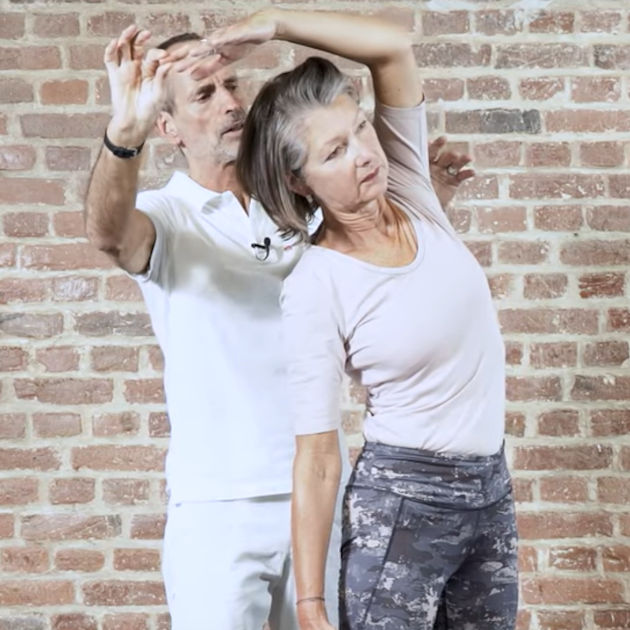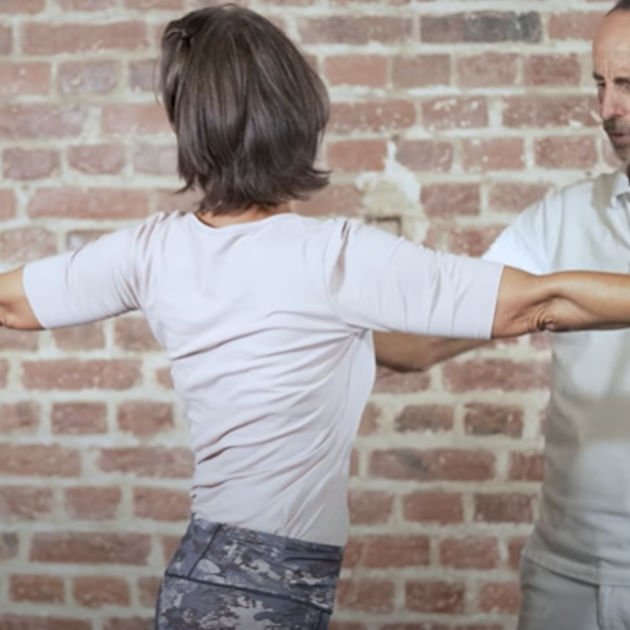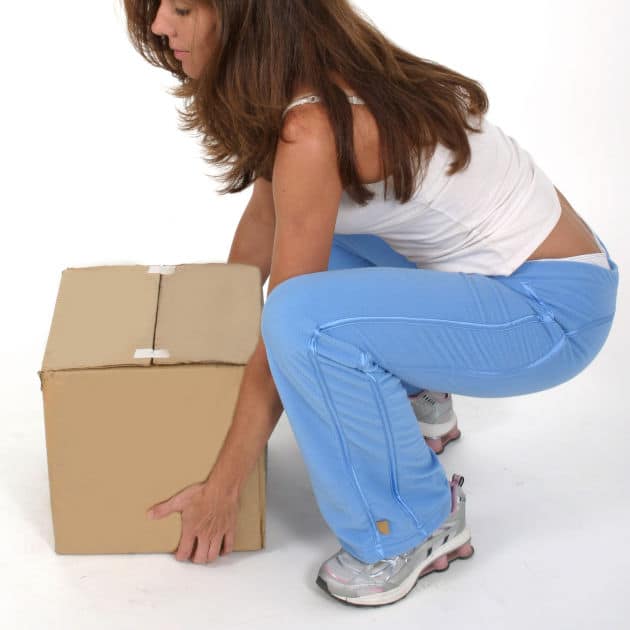Bulging Disc
Bulging disc Exercises
Body Part:
Back
Equipment:
None
Level:
Beginner
Bulging Disc
Body Part:
Back
Equipment:
None
Level:
Beginner
The bulging disc. Often confused with a herniated disc (a.k.a. slipped disc). Perhaps this identity crisis is what has made the bulging disc so sneaky. It can creep up on you and attack before you even knew it was there to begin with. Bulging discs often go undetected because they may not cause pain.
However,
you may have a bulging disc. Another sign of a bulging disc is back pain when you sneeze.
Between your vertebrae are cartilage discs that have a soft, jelly-like centre and a tougher outer layer. These discs help keep your physical movement agile and protect your spine by absorbing shock from daily activity. With age, these discs wear out. If one of these discs expands beyond the edges of your vertebrae, it becomes a bulging disc.
If you’ve strained your back from injury or heavy lifting, your back muscles are weak, your posture is poor while sitting, standing, or sleeping, or your lifestyle is a sedentary one, you may be at risk. Bulging discs can affect your sciatic nerve and your ability to control your bladder. A bulging disc can quickly and easily become herniated, which occurs when the centre of the disc pushes its way through the outer layer.
We’ve got an easy-to-follow 6-minute workout that can relieve bulging disc pain. You can do it anywhere, and you don’t need any equipment.
Check out our YouTube video below or scroll down to get step-by-step instructions on how to keep yourself locked, loaded, and ready for victory against an attack of bulging disc.
While you are executing our bulging disc exercises, it’s important to be mindful of your personal pain scale. Aim for an intensity of between 8 and 9 at each step. Pushing yourself intelligently will maximize the benefits of the stretches and increase your flexibility.

Sign up for our free newsletter and discover how to manage your pain yourself. Every two weeks, we’ll deliver follow-along videos and articles to your inbox.


Want to measure your flexibility while you perform this stretch? Let your left hand slide down your left thigh. The further your hand is down your thigh, the more flexible you’ve become.



Sign up for our free newsletter and discover how to manage your pain yourself. Every two weeks, we’ll deliver follow-along videos and articles to your inbox.
Then we would be happy if you shared it with your friends: